
by Cole Meldorf | Mar 9, 2024 | Daily Paper Summaries, PRJ
In this Astrobite, the authors study the effects of dark matter on merging black hole binaries. As the black holes move through dark matter, they form wakes that slow them down, could this affect the gravitational waves released?
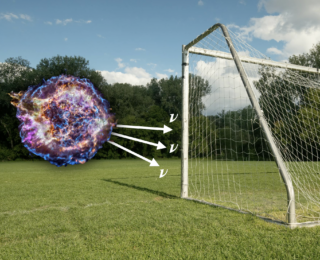
by Megan Masterson | Mar 2, 2024 | Daily Paper Summaries, PRJ
What do neutrinos and soccer games have in common? Check out today’s bite to see! Spoiler: starbursts lose the neutrino production game!
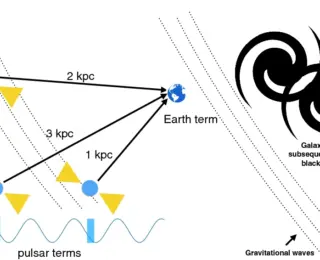
by William Lamb | Feb 26, 2024 | Daily Paper Summaries, PRJ
Pulsar timing arrays could localise individual sources of gravitational waves to host galaxies. The problem is, it’s so computationally difficult! This paper shows us a faster way.
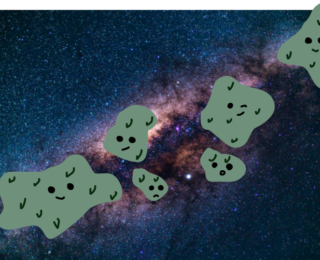
by Samantha Wong | Feb 24, 2024 | Daily Paper Summaries, PRJ
Today’s authors look for the origin of the blobby neutrino emission IceCube sees in the Milky Way!
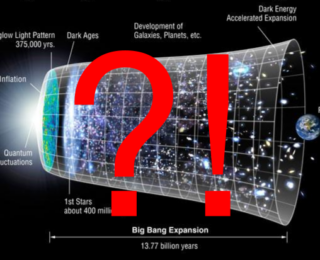
by Janette Suherli | Feb 17, 2024 | Daily Paper Summaries, PRJ
Today’s paper challenges the modifications suggested for the cosmological model as the solution to explain the anomalies observed in JWST.
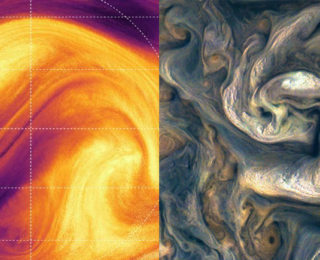
by Yoni Brande | Feb 7, 2024 | Daily Paper Summaries, PRJ
The spectroscopists don’t want you to know that exoplanet atmospheres are actually three-dimensional! Today’s authors use computational climate models to study how we might be able to directly observe different planetary heating processes.






